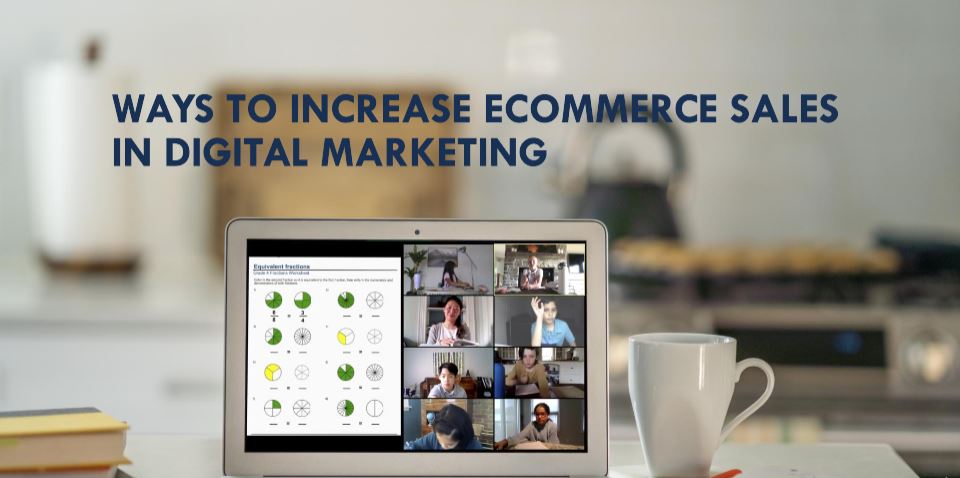The Empire State of Opportunity: New York, the city that never sleeps, is a hotbed for opportunity, especially in the ever-growing realm of ecommerce. But with fierce competition and a demanding clientele, standing out and skyrocketing your sales requires a strategic approach. This guide equips you with 20 proven strategies, along with insights from experts, to conquer the New York ecommerce landscape.
1. Master the Art of Targeted Pricing :
New Yorkers are price-savvy. Research competitor pricing and adjust yours to be competitive while reflecting the city’s premium market. Utilize dynamic pricing tools to adapt to demand and inventory levels.
2. Build a Powerful Email List :
Entice sign-ups with exclusive discounts, early access to sales, and personalized product recommendations. Segment your list based on interests and purchase history for higher engagement.
3. Harness the Power of Social Media :
Leverage Facebook, Instagram, and TikTok’s ad platforms to reach specific demographics and interests in New York. Partner with relevant local influencers for authentic product showcases.
4. Create a Sense of Urgency:
Highlight limited-edition products, flash sales, and countdown timers to encourage impulsive purchases. Display low stock levels to create a fear-of-missing-out effect.
5. Build Trust with Social Proof:
Showcase customer reviews and testimonials prominently on your website and social media. Partner with local media and publications for endorsements and brand recognition.
6. Leverage Paid Advertising :
Run targeted ads on Facebook, Twitter, and Instagram. Explore Google Shopping Ads for specific product promotion with competitive pricing and high-quality images.
7. The Art of Upselling :
Recommend complementary products that enhance the original purchase. Offer discounted bundles for value and higher order value.
8. Streamline Your Checkout Process :
Offer guest checkout for frictionless purchases. Integrate popular payment methods like Apple Pay, Google Pay, and BNPL options.
9. Expand Your Reach with Gmail Ads :
Target specific demographics and interests directly in inboxes with visually appealing and personalized ads.
10. Engage in Real-Time Conversations :
Implement a chatbot or live chat for instant support and personalized interactions that build trust and encourage conversions.
11. Maintain Brand Consistency :
Develop a clear brand voice and message across all platforms. Invest in high-quality product images and videos that showcase your brand identity.
12. Offer Freebies and Incentives :
Provide free samples or gifts with purchase to encourage product trial and incentivize larger purchases. Run contests and giveaways to generate excitement and attract new followers.
13. Track and Analyze User Engagement :
Utilize website analytics tools to monitor traffic sources, user behavior, and conversion rates. Conduct A/B testing on website elements, marketing campaigns, and pricing strategies for optimization.
14. Mobile-First Experience :
Ensure your website is fully responsive and optimized for mobile devices. Offer mobile-specific features like click-to-call functionality and easy access to store locations.
15. Combat Cart Abandonment :
Identify and address common reasons for cart abandonment, such as hidden costs, lengthy checkout processes, and lack of trust signals. Offer saved carts, guest checkout, and progress indicators.
16. Create a “Best Sellers” List :
Showcase popular and trending products to guide customers and build trust in your recommendations.
17. Add Reviews on Your Site :
Encourage customer reviews and testimonials to build social proof and increase conversion rates. Respond to reviews promptly and professionally.
18. A/B Testing Different Campaigns :
Experiment with different marketing campaigns, email subject lines, and product descriptions to identify what resonates best with your target audience.
19. Experts on Why Ecommerce Stores Don’t Get Sales :
Industry experts share insights on common pitfalls to avoid, such as neglecting SEO, ignoring mobile optimization, and failing to personalize the customer experience.
20. Remember, It’s a Marathon, Not a Sprint :
Building a successful ecommerce business takes time and dedication. Be patient, track your results, adapt to changing trends, and continuously strive to improve your offerings and customer experience.
By implementing these 20 strategies and staying informed about best practices, you can unlock the full potential of your ecommerce business in the dynamic and competitive New York market.
Bonus Tip: Leverage the power of local SEO by optimizing your website and online presence for relevant New York keywords and search queries.




